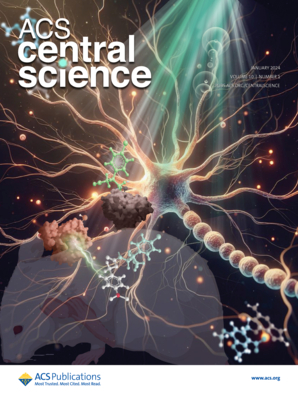In-situ analysis boron-based catalytic electrode with trace platinum for efficient hydrogen evolution in a wide pH range
IF 12.7
1区 化学
Q1 CHEMISTRY, MULTIDISCIPLINARY
引用次数: 0
Abstract
The development of highly active and cost-effective catalytic electrodes with a wide pH values application range is one of the challenges to achieve efficient and stable hydrogen production via electrolytic water. This work constructs a self-supported catalytic electrode (Pt-NiB@NF) by growing boron-based catalytic materials in situ on nickel foam (NF) through mild electroless plating, and then rapidly “decorating” trace amounts of platinum (Pt) on the precursor surface via electrodeposition. The trace amounts of Pt (0.49 wt%) decoration achieves a 3.5-fold enhancement in the performance of NiB@NF. Pt-NiB@NF exhibits lowly hydrogen evolution reaction (HER) overpotentials of 70 mV and 12 mV at a current density of 100 mA cm-2 in neutral high-salt media and alkaline environments, respectively. Meantime, Pt-NiB@NF demonstrates long-term stability at industrial-scale current densities, maintaining for 120 hours at 100 mA cm-2 in neutral high-salt media and for 1200 hours at 500 mA cm-2 in alkaline electrolyte. The strategy of mild electroless plating and rapid electroplating realizes large-area electrode preparation for assembling proton exchange membrane electrolyzer, more promising for industry-grade hydrogen production via water splitting. This work provides an optimized solution for the commercialization and large-scale production of high-performance Pt-based electrodes through the simple preparation strategy.含有痕量铂的原位分析硼基催化电极,可在宽 pH 值范围内实现高效氢进化
开发具有广泛 pH 值应用范围的高活性、高成本效益的催化电极,是通过电解水实现高效稳定制氢的挑战之一。本研究通过温和的无电解电镀在泡沫镍(NF)上原位生长硼基催化材料,然后通过电沉积在前驱体表面快速 "装饰 "微量铂(Pt),从而构建了一种自支撑催化电极(Pt-NiB@NF)。微量铂(0.49 wt%)的装饰使 NiB@NF 的性能提高了 3.5 倍。在中性高盐介质和碱性环境中,当电流密度为 100 mA cm-2 时,Pt-NiB@NF 的氢进化反应(HER)过电位分别为 70 mV 和 12 mV。同时,Pt-NiB@NF 在工业规模的电流密度下具有长期稳定性,在中性高盐介质中以 100 mA cm-2 的电流密度可维持 120 小时,在碱性电解液中以 500 mA cm-2 的电流密度可维持 1200 小时。温和无电解电镀和快速电镀的策略实现了质子交换膜电解槽组装的大面积电极制备,更有望通过水分裂实现工业级制氢。这项工作通过简单的制备策略,为高性能铂基电极的商业化和大规模生产提供了优化方案。
本文章由计算机程序翻译,如有差异,请以英文原文为准。
求助全文
约1分钟内获得全文
求助全文
来源期刊

ACS Central Science
Chemical Engineering-General Chemical Engineering
CiteScore
25.50
自引率
0.50%
发文量
194
审稿时长
10 weeks
期刊介绍:
ACS Central Science publishes significant primary reports on research in chemistry and allied fields where chemical approaches are pivotal. As the first fully open-access journal by the American Chemical Society, it covers compelling and important contributions to the broad chemistry and scientific community. "Central science," a term popularized nearly 40 years ago, emphasizes chemistry's central role in connecting physical and life sciences, and fundamental sciences with applied disciplines like medicine and engineering. The journal focuses on exceptional quality articles, addressing advances in fundamental chemistry and interdisciplinary research.
 求助内容:
求助内容: 应助结果提醒方式:
应助结果提醒方式:


